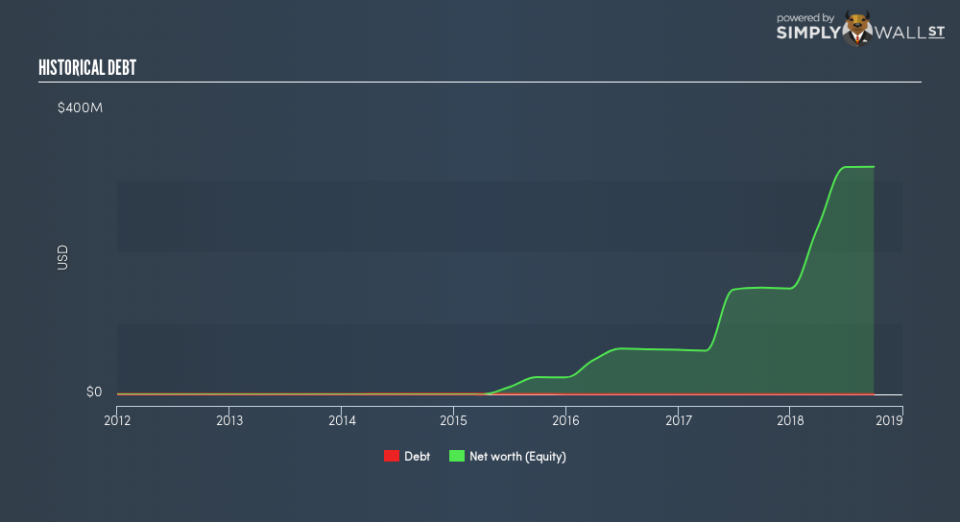What You Must Know About Boston Omaha Corporation’s (NASDAQ:BOMN) Financial Strength

Boston Omaha Corporation (NASDAQ:BOMN), which has zero-debt on its balance sheet, can maximize capital returns by increasing debt due to its lower cost of capital. However, the trade-off is BOMN will have to follow strict debt obligations which will reduce its financial flexibility. While zero-debt makes the due diligence for potential investors less nerve-racking, it poses a new question: how should they assess the financial strength of such companies? I will take you through a few basic checks to assess the financial health of companies with no debt.
View our latest analysis for Boston Omaha
Is BOMN right in choosing financial flexibility over lower cost of capital?
Debt funding can be cheaper than issuing new equity due to lower interest cost on debt. However, the trade-off is debtholders’ higher claim on company assets in the event of liquidation and stringent obligations around capital management. Either BOMN does not have access to cheap capital, or it may believe this trade-off is not worth it. This makes sense only if the company has a competitive edge and is growing fast off its equity capital. BOMN delivered a strikingly high revenue growth of 85% over the past year. So, it is acceptable that the company is opting for a zero-debt capital structure currently as it may need to raise debt to fuel expansion in the future.
Does BOMN’s liquid assets cover its short-term commitments?
Given zero long-term debt on its balance sheet, Boston Omaha has no solvency issues, which is used to describe the company’s ability to meet its long-term obligations. But another important aspect of financial health is liquidity: the company’s ability to meet short-term obligations, including payments to suppliers and employees. Looking at BOMN’s US$11m in current liabilities, it appears that the company has maintained a safe level of current assets to meet its obligations, with the current ratio last standing at 11.01x. However, a ratio greater than 3x may be considered high by some.
Next Steps:
BOMN is a fast-growing firm, which supports having have zero-debt and financial freedom to continue to ramp up growth. This may mean this is an optimal capital structure for the business, given that it is also meeting its short-term commitment. Moving forward, its financial position may be different. This is only a rough assessment of financial health, and I’m sure BOMN has company-specific issues impacting its capital structure decisions. I recommend you continue to research Boston Omaha to get a more holistic view of the stock by looking at:
Historical Performance: What has BOMN’s returns been like over the past? Go into more detail in the past track record analysis and take a look at the free visual representations of our analysis for more clarity.
Other High-Performing Stocks: Are there other stocks that provide better prospects with proven track records? Explore our free list of these great stocks here.
To help readers see past the short term volatility of the financial market, we aim to bring you a long-term focused research analysis purely driven by fundamental data. Note that our analysis does not factor in the latest price-sensitive company announcements.
The author is an independent contributor and at the time of publication had no position in the stocks mentioned. For errors that warrant correction please contact the editor at editorial-team@simplywallst.com.

 Yahoo Finance
Yahoo Finance 
